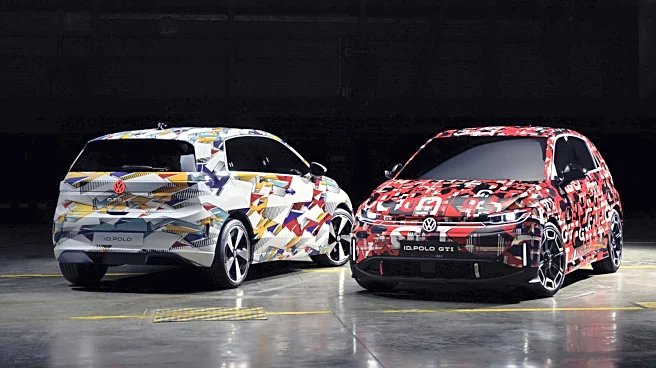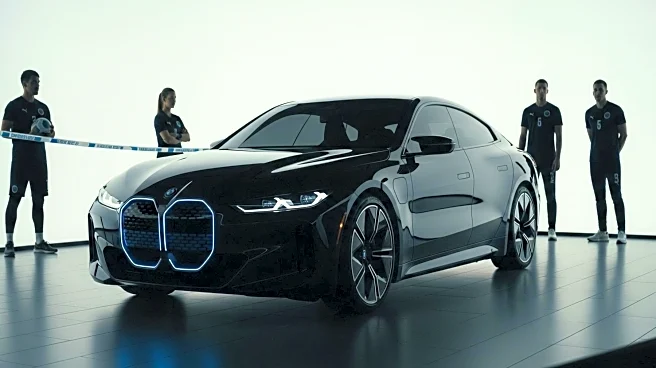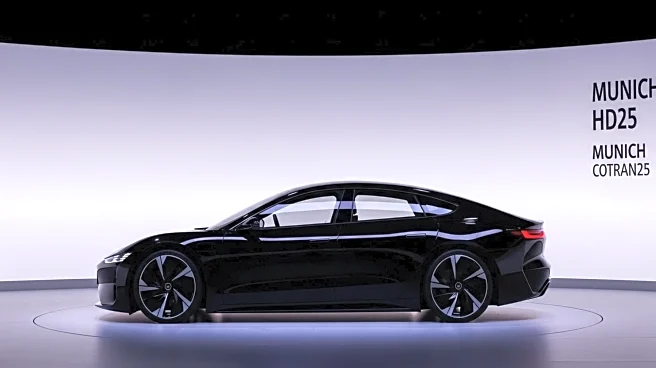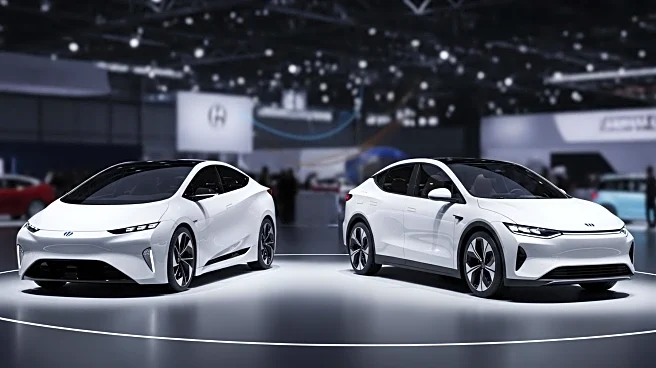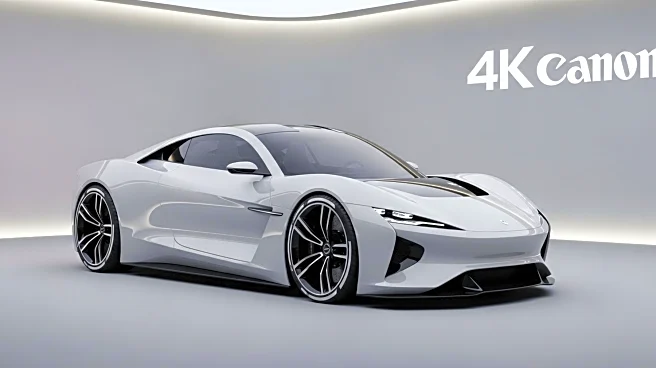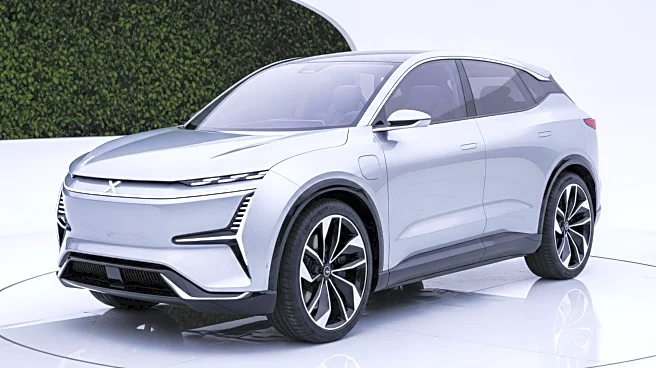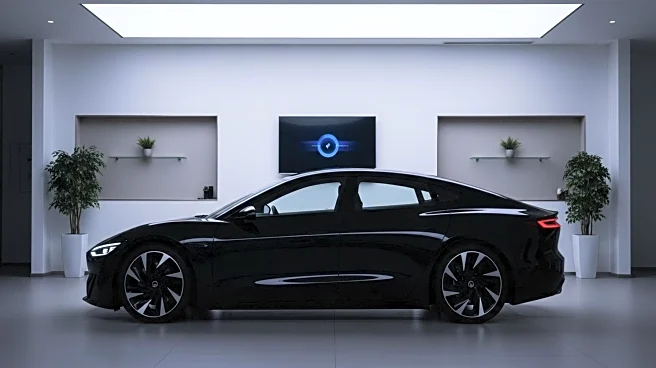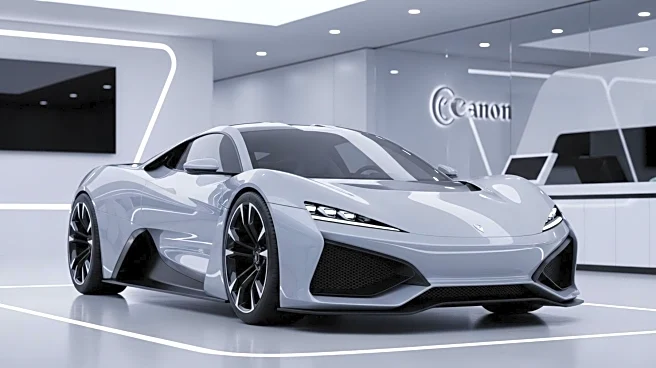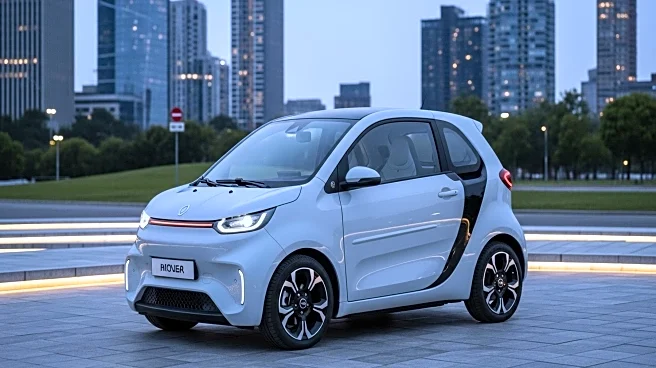What's Happening?
Mercedes-Benz is set to showcase several new electric models at the 2025 Munich Motor Show, including the all-new Mercedes-Benz GLC with a fully electric powertrain. The GLC will offer up to 490 horsepower and a range of 650 kilometers. Mercedes will also debut the Mercedes-AMG Project XX, a 1,360 hp electric hypercar slated for production in 2026. Additionally, the new CLA Shooting Brake will be available with electric and hybrid options. Mercedes is also introducing the VLE Prototype, a concept for the next generation of Mercedes vans built on the VAN.EA platform, with the first production model expected in 2026.
Why It's Important?
The unveiling of these electric models signifies Mercedes-Benz's commitment to transitioning towards sustainable automotive solutions. The introduction of high-performance electric vehicles like the Mercedes-AMG Project XX highlights the brand's focus on innovation and leadership in the electric vehicle market. This shift is crucial as global automotive industries increasingly prioritize eco-friendly technologies. Mercedes' move could influence other manufacturers to accelerate their electric vehicle development, impacting the broader automotive market and consumer choices.
What's Next?
Mercedes-Benz plans to retire its EQ sub-brand, opting for a more traditional naming approach with 'EQ Technology' appended to model names. The production of the Mercedes-AMG Project XX is scheduled for 2026, and the first VAN.EA platform-based van is expected to launch the same year. The Munich Motor Show will serve as a platform for Mercedes to gauge consumer interest and gather feedback, potentially influencing future design and technology decisions.
Beyond the Headlines
Mercedes' strategic shift towards electric vehicles reflects broader industry trends and regulatory pressures to reduce carbon emissions. This transition may lead to changes in manufacturing processes, supply chain dynamics, and workforce skills. The focus on electric vans also suggests a growing interest in electrifying commercial transport, which could have significant implications for logistics and urban planning.


